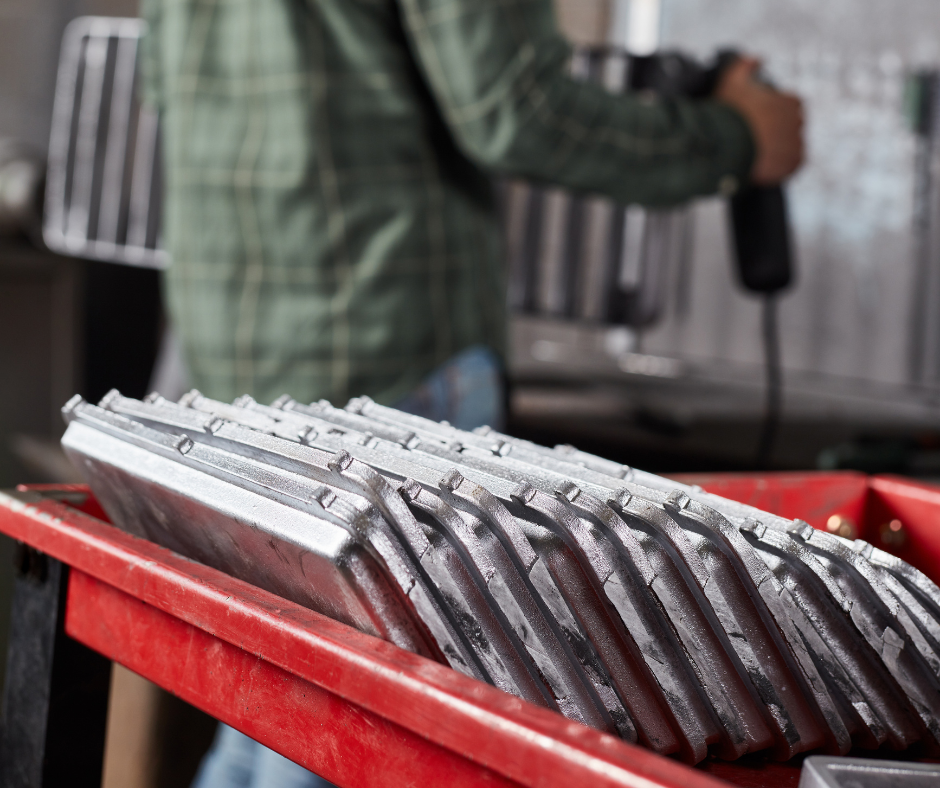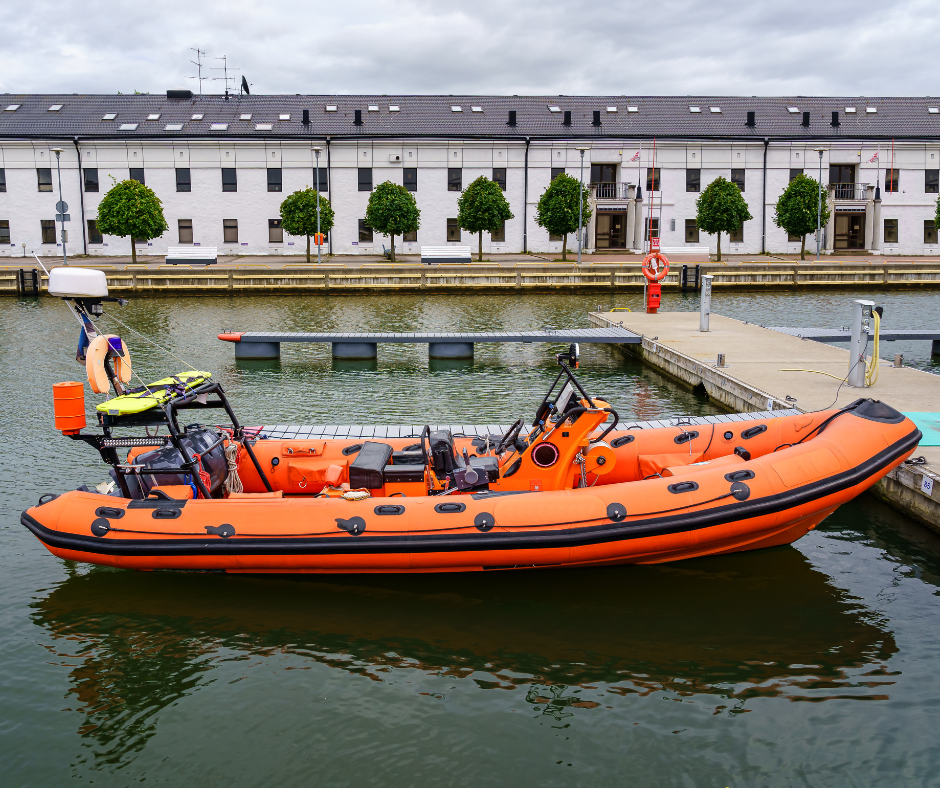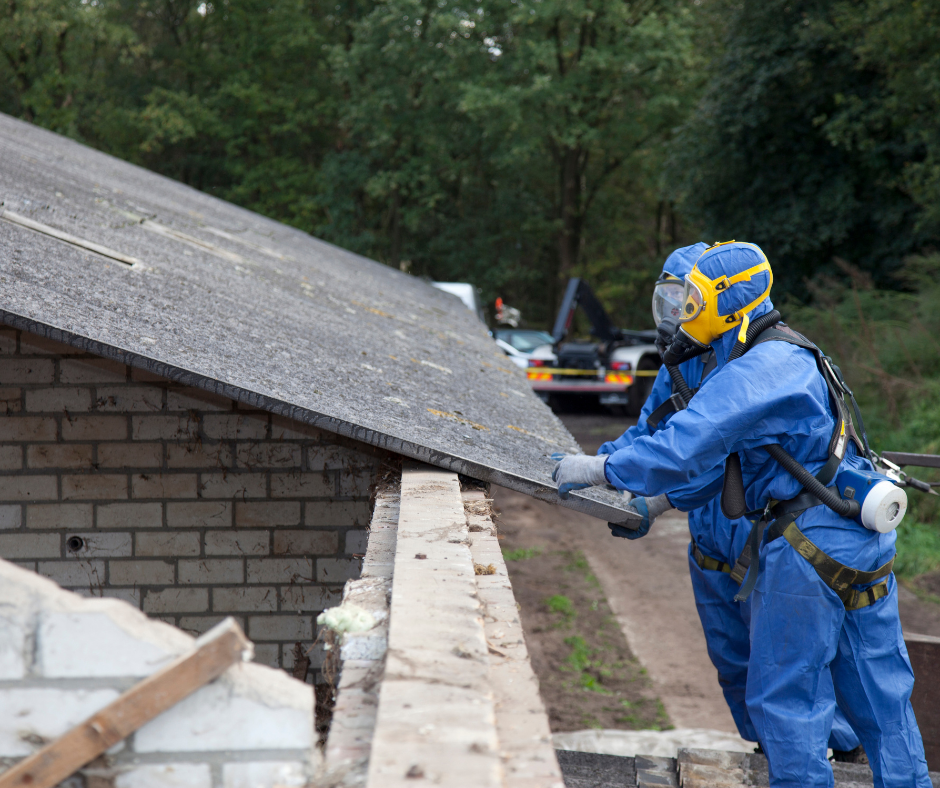HSE campaign highlights dangers from metalworking fluids
 Businesses are being warned to make sure their staff are safe when working with metalworking fluids or coolants.
Businesses are being warned to make sure their staff are safe when working with metalworking fluids or coolants.
It’s a highly technical, specialist field applying precision engineering – but can also cause harm to the lungs and skin.
Past inspections by the Health and Safety Executive (HSE) have uncovered poor performance around control of metalworking fluids in businesses that use computer numerical control (CNC) machines.
Exposure to metalworking fluids – also referred to as ‘white water’ – can cause harm to lungs and skin through inhalation or direct contact with unprotected skin; particularly the hands, forearms and face.
Breathing in the mist generated by machining can lead to lung diseases such as occupational asthma and occupational hypersensitivity pneumonitis.
Manufacturing businesses should implement control measures and carry out health surveillance checks with occupational health professionals.
Read more about the campaign on the HSE website.
MAIB issue RIB safety warning
 The Marine Accident Investigation Branch has issued a safety bulletin following an incident involving a sea safari rigid inflatable boat (RIB).
The Marine Accident Investigation Branch has issued a safety bulletin following an incident involving a sea safari rigid inflatable boat (RIB).
In June, a passenger on a RIB suffered a spinal injury that left them paralysed from the waist downwards. Twelve passengers had boarded the RIB and, once it was clear of the jetty, the two crew gave them a safety briefing and instruction on the wearing of lifejackets.
The RIB then proceeded out to sea and was increasing speed in choppy sea conditions when it encountered a steep-sided wave. The boat fell off the wave and slammed violently into the trough, dislodging the passenger from a seat at the forward end of the boat.
The MAIB’s investigation identified that there is a significantly higher risk of spinal fractures to people seated in the front area of RIBs, regardless of speed. MAIB’s findings also showed that seated individuals may have little or no understanding of boat movement or how to mitigate its effects.
For more on the safety warning, visit the RYA website.
Sycamore Gap tree at Hadrian’s Wall cut down by ‘vandals’
 Police are investigating the deliberate felling of one of the UK’s most iconic trees, which appears to have been cut down in an act of vandalism.
Police are investigating the deliberate felling of one of the UK’s most iconic trees, which appears to have been cut down in an act of vandalism.
The landmark at Sycamore Gap, beside Hadrian’s Wall in Northumberland, was apparently cut down overnight.
Northumberland National Park Authority officials believe the tree, known as Robin Hood’s Tree, was “deliberately felled” and asked people to stay away.
Photographer Ian Sproat said his “heart was ripped out” when he saw the damage.
The National Trust said it was “shocked and saddened” to learn about what “appears to be an act of vandalism”.
General manager Andrew Poad said the sycamore had been “an important and iconic feature in the landscape for nearly 200 years”.
Northumbria Police said it was investigating whether any criminal offences had been committed.
Visit the BBC website to read more.
HSE officials to assess management of asbestos in schools
 Inspectors for the Health and Safety Executive (HSE) will contact schools to arrange a time to visit in order to look at how the material’s risks are managed and if those responsible are meeting legal requirements.
Inspectors for the Health and Safety Executive (HSE) will contact schools to arrange a time to visit in order to look at how the material’s risks are managed and if those responsible are meeting legal requirements.
The regulator will begin the programme to inspect primary and secondary schools in England, Scotland and Wales from next month (OCT).
The HSE wants to see that schools are meeting the ‘duty to manage’ (DTM) requirements under Regulation 4 of the Control of Asbestos Regulations 2012 (CAR).
They will speak to those with knowledge of how asbestos is managed by the school and may also ask to see documents such as an asbestos register and management plan.
n announcing the programme the HSE said: “In advance of the inspections, schools may wish to review their current arrangements and check that they are meeting their duties under CAR, which includes requirements to take reasonable steps to find out if there are asbestos-containing materials (ACMs) in the school premises, and if so, the amount, where it is and what condition it is in.
“They should presume materials contain asbestos unless there is strong evidence that they do not.”
Learn more on the SHP website.
To keep up to date with the latest health & safety news and advice, follow us on social media:
